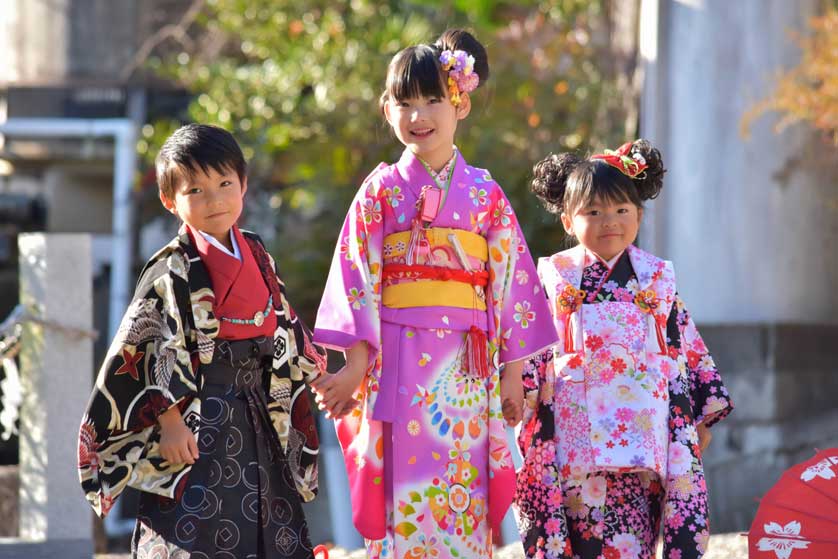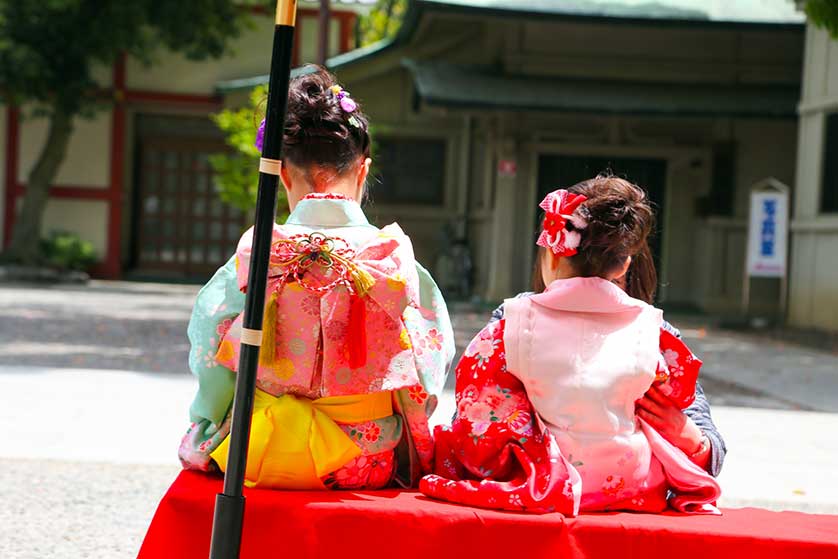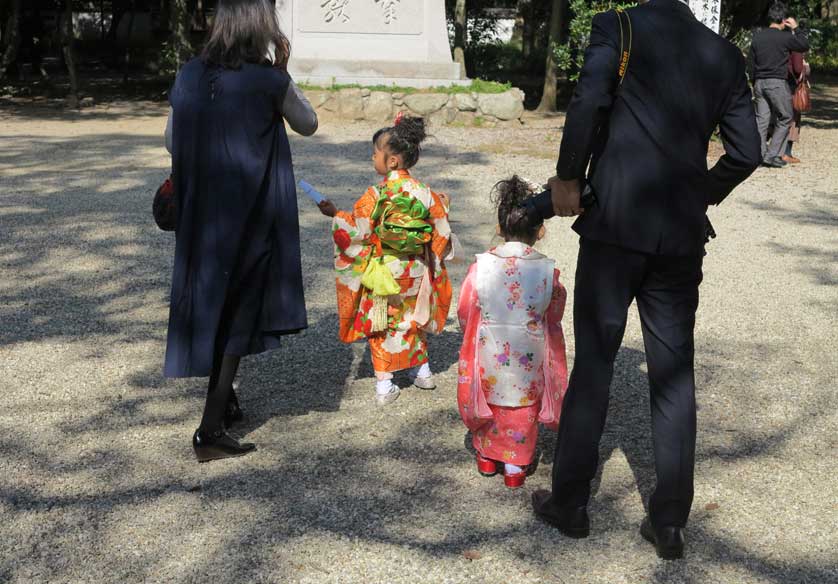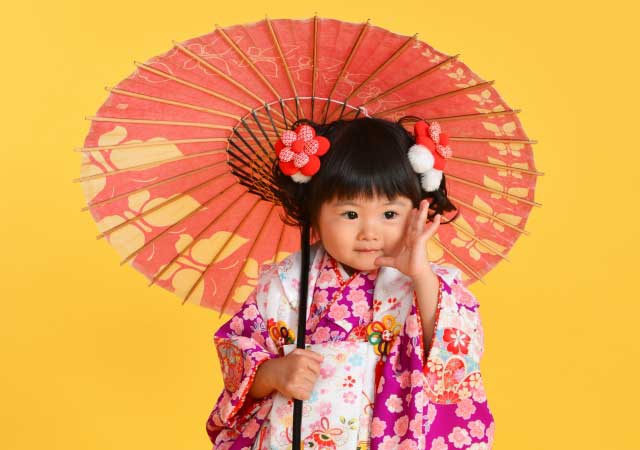Shichi go san: the Japanese rite of passage for children, celebrating growth and well-being

Shichi go san is a cherished Japanese festival that celebrates the milestones of children at the ages of three, five, and seven. Held annually throughout November, but especially on November 15th, this traditional event provides a unique lens into the cultural values, family traditions, and religious aspects interwoven into Japanese society. Shichi go san honors the growth and well-being of 3 and 7-year-old girls, and 5-year-old (sometimes 3-year-old) boys. While not a national holiday, families commonly observe it on the nearest weekend to accommodate busy modern schedules. The festival's roots trace back to the Heian period, when it began amongst court nobles before spreading to samurai and commoners in later eras.
The origins and historical significance of shichi go san
The origins of Shichi go san date back to the Heian period (794-1185), when it began as a practice among the aristocracy to celebrate children's growth. Over time, it evolved and spread to other social classes. The festival's ritualistic nature reflects Japan's historical connection with Shintoism, the indigenous spirituality that often incorporates reverence for nature and ancestral spirits.
It is widely believed that the first official Shichi go san celebration was held by Shogun Tokugawa Tsunayoshi on November 15, 1681, when he took his eldest son Tokumatsu to pray for his health at a Shinto shrine. This set the precedent for celebrating on November 15th, as it was considered an auspicious day. In feudal times, high infant mortality made reaching the ages of 3, 5 and 7 significant milestones worthy of celebration and giving thanks to the gods. Some families waited until age 3 or 4 to officially add children to the family registry.
The meaning behind the lucky ages of 3, 5 and 7
In Japanese culture, the ages of three, five, and seven hold special significance, symbolizing stages of growth and development as children transition from early childhood to greater maturity:
- Age 3 (san): Both boys and girls celebrate leaving their toddler years behind. In samurai times, this marked when children could start growing their hair out after having shaved heads in infancy.
- Age 5 (go): Mainly celebrated for boys, who often wear their first hakama, signifying a symbolic step towards manhood and increased responsibility. In the past, boys from samurai families would also start wearing haori jackets with the family crest at this age.
- Age 7 (shichi): Mainly celebrated for girls, who start wearing obi sashes to tie their kimonos like adults, rather than simple cords. This transition indicates their passage into young womanhood.
Odd numbers are also considered lucky in Japanese numerology, making 3, 5 and 7 even more auspicious ages to commemorate. Girls typically celebrate shichi go san twice, at ages 3 and 7, while boys usually celebrate only once at age 5 nowadays.

The evolution of shichi go san rituals over time
Shichi go san rituals have evolved over the centuries while still maintaining the essence of celebrating children's growth. In the past, kamioki involved shaving babies' heads and then letting the hair grow out from age 3. Hakamagi-no-gi marked 5-year-old boys wearing their first hakama trousers, and obitoki-no-gi signified 7-year-old girls starting to wear formal obi sashes.
Today, while specific rituals like kamioki are no longer followed, visiting Shinto shrines remains central to Shichi go san. Families bring children to express gratitude for their health and pray for continued growth and happiness. A priest performs blessing rituals, and children often receive chitose ame - red and white candy symbolizing longevity. The candy bags feature cranes and turtles, animals associated with long life.
The modern practice of shichi go san: shrine visits and photography
In contemporary Japan, celebrating shichi go san with shrine visits, formal attire, and professional photos remains popular, though some families opt for more casual approaches. Children wear elaborately patterned traditional kimono and hakama in bright colors. Studios and shrines offer clothing rentals and packages with hair, makeup, photos and even hotel stays.
Popular Tokyo shrines for shichi go san include Meiji Jingū, Hie Jinja and Kanda Myōjin. After prayers and blessings, families often take commemorative photos at the shrine or a studio. Some purchase good luck amulets or write wishes on ema plaques. The day culminates in a celebratory meal at a restaurant or home.

Shichi Go San Festival at Izanagi Shrine, AwajiLucky 15
Traditional clothing worn for shichi go san
Dressing up in traditional attire is a hallmark of shichi go san. Girls wear exquisitely patterned furisode kimono in bright colors with formal obi sashes. At 3, they wear a hifu vest over the kimono before graduating to regular kimono at 7. Styles incorporate regional motifs and family crests.
Five-year-old boys don their first hakama trousers and haori jackets, often with the family crest. The outfit signifies their transition towards manhood and responsibility. Some boys also wear a samurai dagger to complete the ceremonial look.
While kimono are the norm, some modern families opt for Western-style formal wear like suits and dresses for a contemporary spin on tradition. The clothing is carefully chosen to reflect the sense of occasion.
Chitose ame: the symbolic candy given to children on shichi go san
An iconic part of shichi go san is the giving of chitose ame, or "thousand-year candy," to celebrate children's growth. These thin, 15-inch long hard candies come in the auspicious colors of red and white, symbolizing joy and purity. Children receive chitose ame in a decorative bag featuring symbols of longevity like cranes and turtles.
Traditionally, children received the number of candy sticks corresponding to their shichi go san age - 3, 5 or 7. The candy's elongated shape also represents the wish for a long, healthy life. Chitose ame serves as a memorable token of this rite of passage and the family's shared hopes for the child's bright future.

Shichi go san in Japanese popular culture
As a long-standing tradition, shichi go san features in many aspects of Japanese popular culture. Anime and manga series often depict characters celebrating the festival, such as in Crayon Shin-chan and Chibi Maruko-chan. These storylines showcase the event's customs and highlight its role as a family milestone.
Japanese film and television also incorporate shichi go san, with the festival forming the backdrop for poignant scenes about childhood, family bonds, and growing up. The distinctive imagery of children in colorful kimono visiting shrines has become an iconic representation of the innocent joys of youth.
Even video games get in on the festivities, with some featuring special shichi go san events or outfits that players can collect. The cultural pervasiveness of shichi go san in Japan reflects its enduring significance as a treasured childhood rite of passage.








